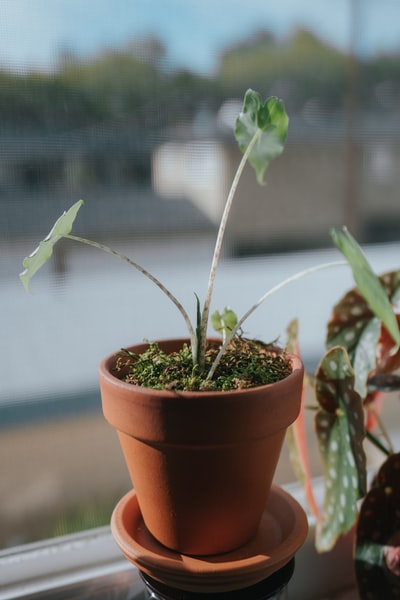 If neither allele is dominant then this is known as co-dominance. This produces the chance of three phenotypes as opposed to only two. One example is snapdragon plants. The flower can be either red, while or pink. The alleles are written a little differently due to the fact that they’re both dominant:
If neither allele is dominant then this is known as co-dominance. This produces the chance of three phenotypes as opposed to only two. One example is snapdragon plants. The flower can be either red, while or pink. The alleles are written a little differently due to the fact that they’re both dominant:
- red: CR
- white: CW
A F1 generation cross between a red and white flowered plant would go:
| CW | |
| CR | CW CR |
All the offspring (F1) would be pink flowered.
Now, the F2 generation cross:
| CR | CW | |
| CR | CR CR | CR CW |
| CW | CR CW | CW CW |
The resulting phenotypes are:
- 25% red
- 50% pink
- 25% white
——————————————————
Stabilising Selection

Like, for example, deep in the ocean. The fish species Coelacanth was found in ancient fossils. It was thought that it had been extinct for about 70 million years but then was found in 1938 caught in a trawler net in South Africa. This means that within all that time it had not changed.